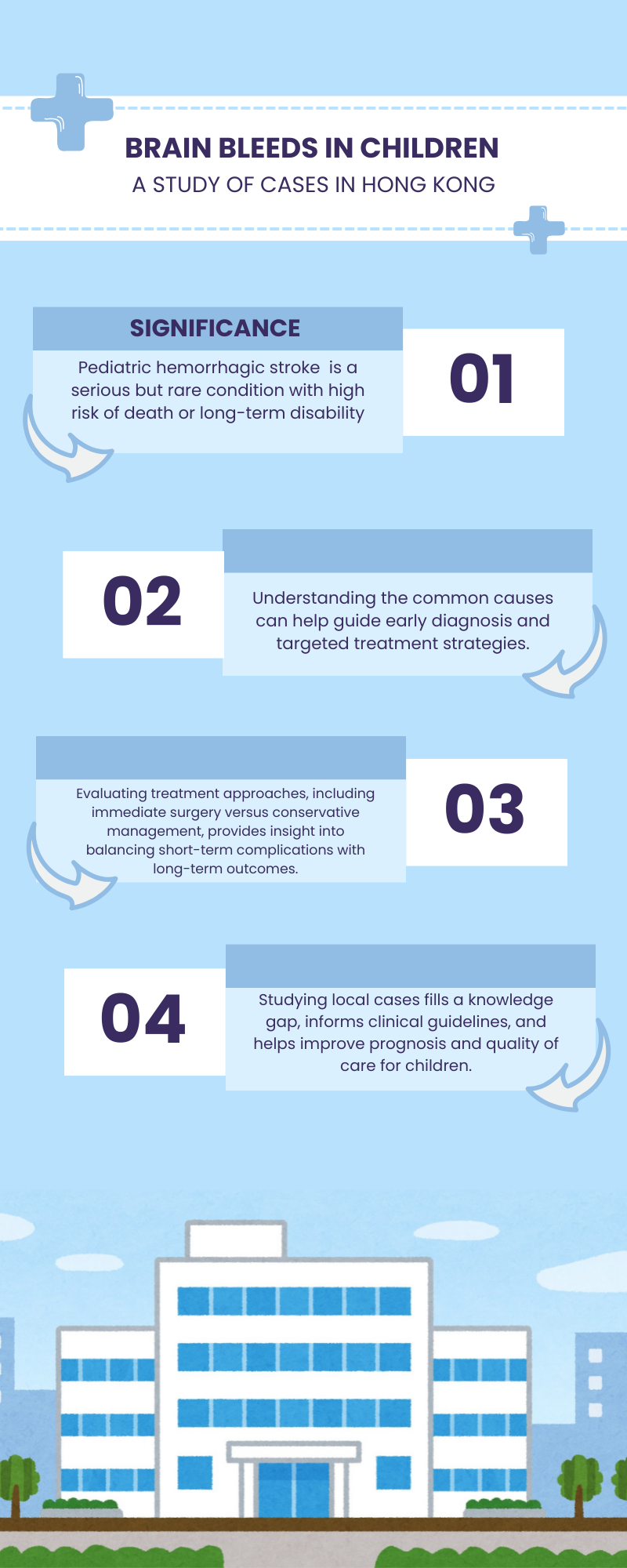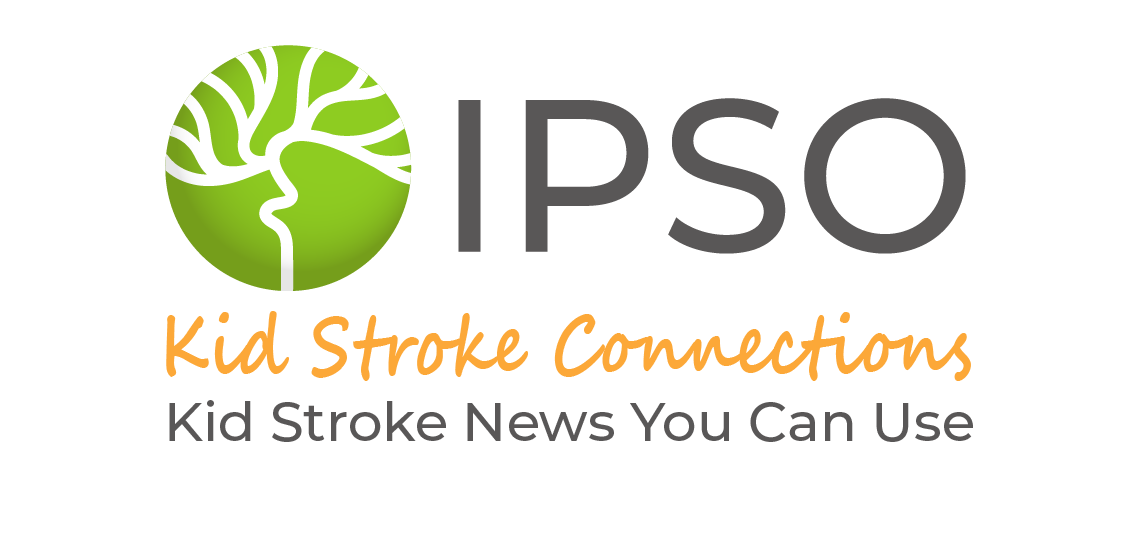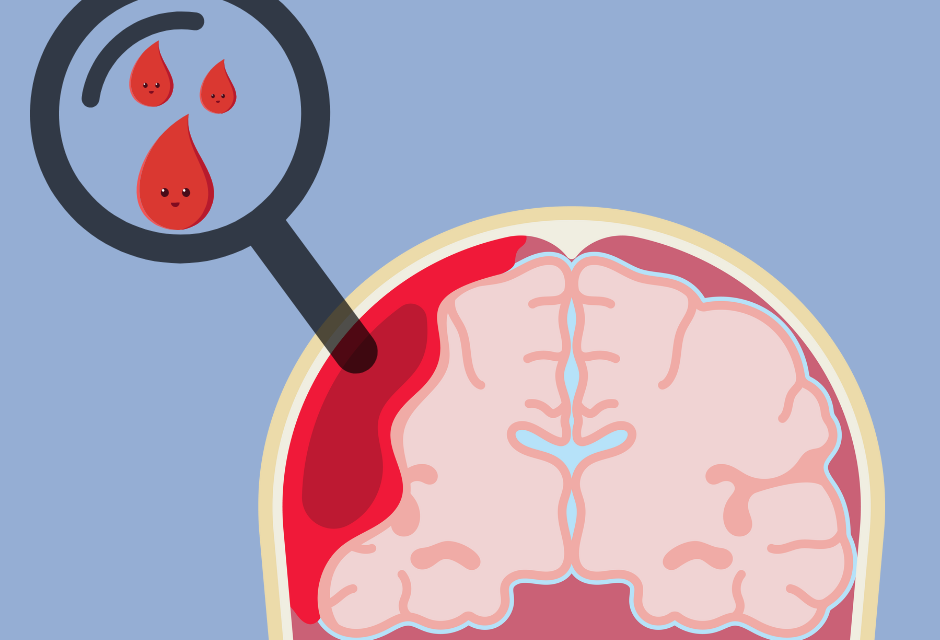Background
Pediatric hemorrhagic stroke (PHS) happens when a blood vessel in the brain bursts in a child aged 28 days to 18 years. It can cause brain damage or death and is one of the top ten causes of death in children. In Hong Kong, about 2 out of every 100,000 children have a stroke each year, and nearly half are hemorrhagic. The most common causes are brain blood vessel problems, such as arteriovenous malformations (AVMs) which are abnormal tangles of blood vessels, or leaky blood vessels called cavernous malformations. Symptoms vary by age, older children often have sudden, severe headaches, while younger children may show less specific signs like weakness or general unwellness. There are few clear guidelines for diagnosing and treating PHS, making it important to study its causes, symptoms, treatments, and outcomes.
Methods
Researchers reviewed medical records of children treated for PHS at Prince of Wales Hospital in Hong Kong between 1989 and 2018. To be included, patients had to be between 28 days and 18-year-old, have their first hospital admission for PHS, and have the diagnosis confirmed by a CT brain scan, a type of imaging test that uses X-rays and a computer to create detailed cross-sectional pictures of the brain and skull. Patients with head injuries, certain other types of brain bleeds, or who were transferred from another hospital after treatment were excluded. Data collected included the location of the bleeding, cause, symptoms, treatment type, and outcomes. Outcomes were measured by complication rates within 30 days, whether bleeding happened again, and recovery level using the Modified Rankin Scale.

Results
Out of 137 possible cases, 39 patients met the study criteria. Most were around 9 years old, and more were boys than girls. The most common cause was AVM (46%), followed by cavernous malformation (21%), with some cases due to aneurysms, bleeding disorders, or unknown causes. Over half (56%) had immediate surgery, while the rest received conservative care, sometimes followed by later surgery. Surgery patients had more complications within 30 days (36% vs. 11%) but no rebleeding, while 6% of conservatively managed patients had rebleeding. Overall, 59% had no symptoms or disability at follow-up, and only 5% died.
Conclusion
In this Hong Kong study, AVMs were the leading cause of PHS in children, and sudden, severe headache was the most common warning sign in older children. Immediate surgery lowered the chance of rebleeding but came with higher short-term complication rates. Most children recovered well, with the majority having no lasting disability. These findings highlight the need for quick diagnosis and careful choice of treatment to reduce risks and improve outcomes for children with PHS.
Reference:
Chan, K. Y., et al. “Pediatric Hemorrhagic Stroke: A Retrospective Case Series in Hong Kong.” Journal of Clinical Neuroscience, vol. 101, 2022, pp. 1–7, https://doi.org/10.1016/j.jocn.2022.01.001.
Abstract Translation: Christine Zhang
Graphics: Christine Zhang
Medical Editors: Mesha Martinez
Junior Editor: Donna Vuong


